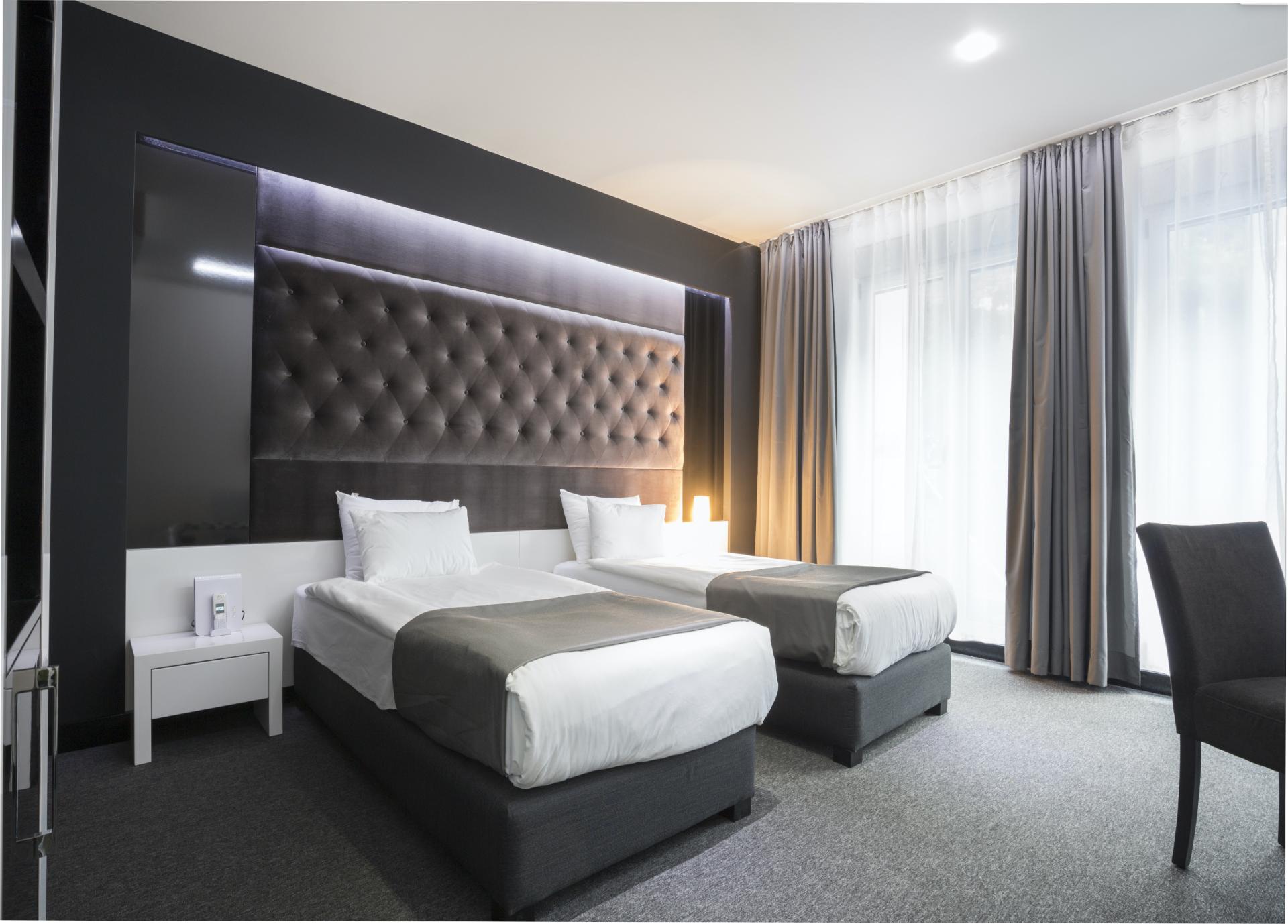The village that no longer exists
Local archaeological and historical finds tell us of an Etruscan-Roman origin of the ancient settlement of Paciano Vecchio, which no longer exists. The origin of the name is said to derive from Pax Iani, recalling the ancient two-faced god and at the same time the dimension of peace and serenity that can still be breathed in the small village.
Paciano Nuovo arose in the 14th century, a little further down the valley; later, it was subjected first to the Marquisate of Tuscany (1373 - 1376) and then to Perugia, which assigned it the role of a fortified village by virtue of its exceptional sighting. Giuseppe Danzetta, in a text dated 1884, wrote that from the heights overlooking Paciano one could see as many as thirty-seven episcopal towns, as well as villages and castles, three lakes (Trasimeno, Chiusi and Montepulciano) and the Chiane on both the Tuscan and Roman sides. Disputed between important Perugian families in the 15th and 16th centuries, in July 1643 it was also involved in an episode of the Castro War. Nevertheless, it did not suffer destruction that could compromise its appearance and urban structure.
A stroll among walls and towers
Walking through the streets of the village feels like a journey back in time to the Middle Ages. Paciano retains its 14th-century walls, with six towers and three gates (Porta Fiorentina, Porta Perugina, and Porta Rastrella), and its medieval urban layout, which is organized around three parallel streets.
All that remains of the ancient settlement is the imposing Torre d'Orlando, documented as far back as 917, over time transformed into a noble residence and today privately owned. Its name evokes various fantasies: it belongs to the epic chivalric tradition of the Carolingian age, which insisted on attributing places and buildings to the memory of Orlando, paladin of Charlemagne, who fell in the ambush of Roncesvalles in 778. The legend of the paladin fueled a vibrant popular tradition in Umbria as well, where there are numerous places linked to the character of Orlando.
Within the village walls are a good number of churches, built in different periods. The oldest is the church of San Giuseppe, known as Chiesa di Dentro, dating back to the 12th century but partly rebuilt in the 18th century. Today, it houses the Don Aldo Rossi Museum, where it is possible to admire, among numerous works, a fine gonfalon from the Bonfigli workshop, interesting votive frescoes from the 15th century, valuable wooden statues from the Baroque period, a beautiful painting by Appiani depicting the Marriage of the Virgin and valuable 16th-18th century church furnishings from the area. Opposite is the Church of San Carlo Borromeo, adorned with a rich 17th-century portal, which houses a beautiful wooden Christ of the same period. Near the Palazzo Comunale is the seat of the ancient Confraternity of the Holy Sacrament, which houses the Pinacoteca (Art Gallery); it houses a fine collection of art that testifies to Paciano's artistic history from its origins to the 17th century. Among the most interesting works are the magnificent Crucifixion from 1452, a fresco by Francesco di Città della Pieve, the Madonna del davanzale assigned to Bernardino di Mariotto (late 15th century), an Annunciation from the first half of the 17th century, and two paintings depicting Saint Lucy. A small section is dedicated to Antonio Castelletti from Paciano (1764-1840). The museum also houses a reconstruction of the polyptych by Antonio and Giovanni Sparapane, of which two side paintings depicting St Mustiola and St Peter the Apostle (1475-78) are preserved.
Walking through the streets of the village, the architectural highlights include Rocca Buitoni (an noble residence dating back to the 14th century, which has belonged to the family that founded the famous Italian brand for more than a hundred years), Palazzo Cennini (renovated by the Cardinal of the same name in 1622 to make it his summer residence) and Palazzo Baldeschi (rebuilt in the 17th century by incorporating several older tower houses). Today, the latter houses the Trasimeno Memory Bank Museum, a virtual archive of collective memories and cultural heritage.
The so-called water route is interesting to follow: it includes a visit to the Fontevecchia, just outside Porta Rastrella, to the wash-houses near Porta Perugina, and to the beautiful well of Etruscan origin in the centre of the town, near Rocca Buitoni. These three locations ensured the daily water supply for the village, while representing important social gathering points. You can almost hear the voices of past inhabitants, the songs of the washerwomen, the laughter of children...
Exploring the surroundings
In the surroundings of Paciano, do not miss a visit to the 16th-century Church of the Madonna della Stella, an important building linked to popular devotion. About 9 km from Paciano, in the direction of Castiglione del Lago, is the hamlet of Panicarola, once a fortified village with walls and towers of which nothing remains; nearby, the Church of the Madonna della Carraia is worth a short stop. This beautiful 17th-century brick building was also built on the site of a miracle: the image of the Virgin Mary, frescoed inside a small shrine, began to weep after an angry player threw a ball. It has a Greek-cross plan and a beautiful dome from the mid-19th century; inside, above the high altar, you can admire the miraculous fresco from the late 16th century with the Madonna and Child, and the paintings of the four Evangelists, the work of painters Baiocchi and Santi in 1857.
An scenic walk of a few kilometres leads from the centre of the town to nearby Panicale: starting from Porta Perugina, one can see the tower of Orlando, the 15th-century convent of Sant'Antonio, now a tourist facility, and the church of Ceraseto, dating back to the 10th century.


























